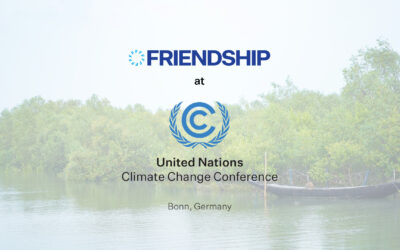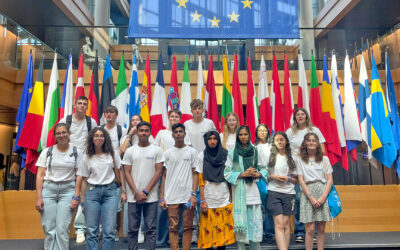Friendship at CBA-18 in Tanzania
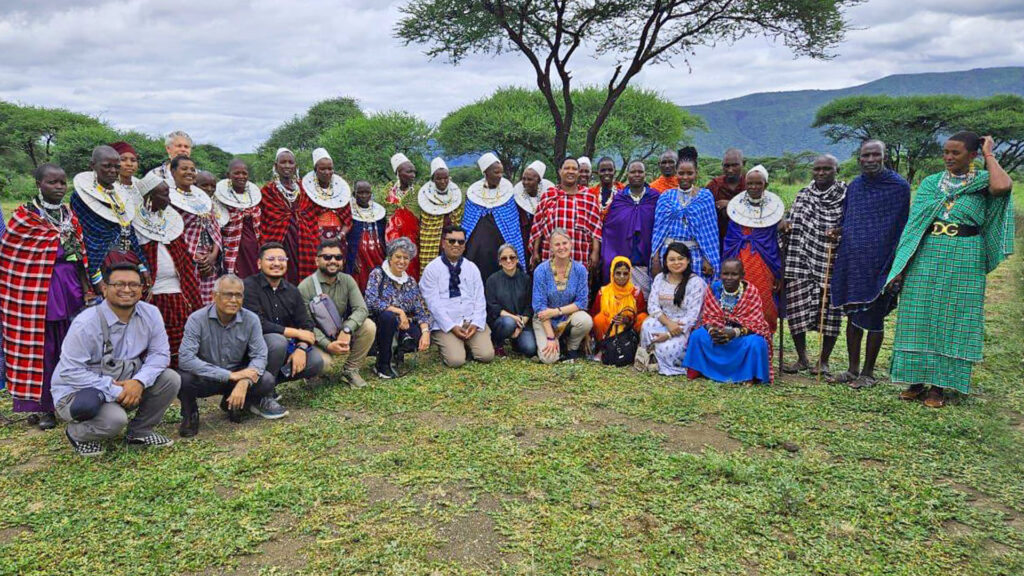
by Betteke de Gaay Fortman
May 28, 2024
More than 300 practitioners, grassroots representatives, local and national policymakers and funders from over 50 countries gathered in Arusha, Tanzania to discuss how community-based and locally-led adaptation can contribute to a climate-resilient future. Friendship’s delegates (Kazi Amdadul Hoque, Sabrina Nizam, Shahazadi Akhter, Stéphane Haute and Betteke de Gaay Fortman) attended CBA-18 from May 6-10, 2024 in Arusha to make Friendship’s work at community level visible at an international level and to build relationships for collective action.
Climate change has affected people from all over the globe and those mostly affected are the local communities in the global south, despite the fact that they hardly contribute to the CO2 emissions. In order to address the effects of climate change, there is a need to develop adaptive measures that enable the local communities to boost their resilience and survive.
For many years, many development agencies, civil society organisations, governments, and donors have believed that communities lack the knowledge and capacity to self-lead and govern their resources. In most of the funded climate adaptation projects, there are already predetermined objectives, activities and results to be achieved according to a budget. Even if it is locally led for the implementation, the funders and their intermediaries (e.g. NGOs, CSOs) have some power because the budget determines the direction and the definition of the objectives, results and activities from the outset.
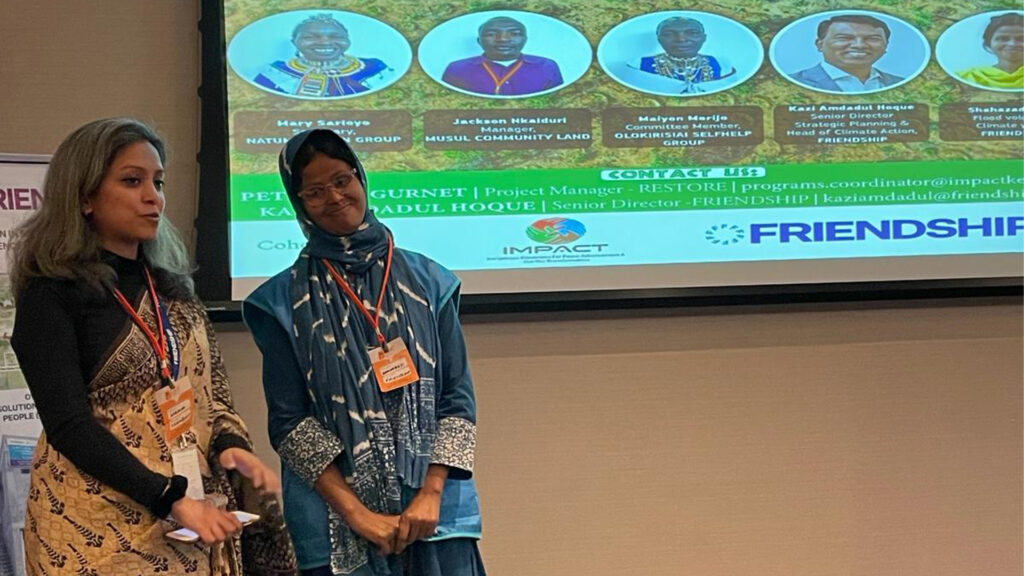
Against this backdrop, local communities lack the power to make decisions, and design, implement, report, and monitor projects. This results in the top-to-bottom approach of development where communities have little or no influence in determining the very issues, priorities and visions that better their lives and the environment they live in.
Another way of doing development is to allow the local communities to be the protagonists of their development. Using their traditional systems of governance and indigenous knowledge, these communities need to conduct their own assessments to identify the challenges facing them regarding their livelihoods and their environment. With this information, they can better define what they want; the objectives, activities to undertake, and results to achieve in the long run. In this regard, they fully manage their own plans, with little help and guidance from outside and with no hidden agenda. This is exactly what Friendship is doing. We were proud to share our approach during many formal and informal talks.
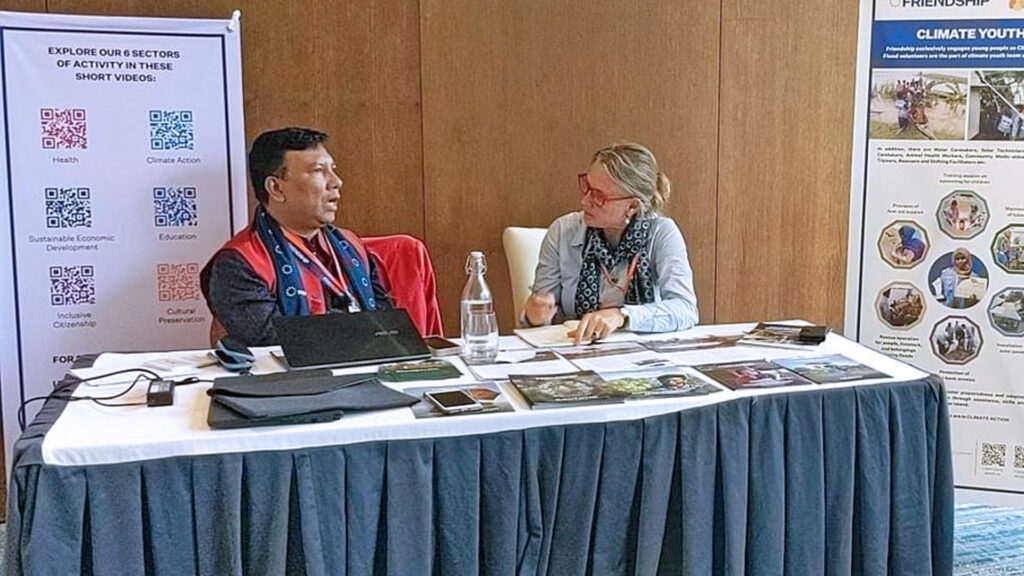
It was generally heard and shared that CBA-18 should be more focused on hearing the voices of the communities directly. Friendship Bangladesh and Impact Kenya (two hubs supported by the Reversing the Flow program of the Dutch Ministry of Foreign Affairs) were two of the few NGOs who came with a delegation including people from the communities. During a joint open space session on the last day of the Conference, ample space was given to those communities’ voices to share their experiences and learnings, including their strong collaboration and connection with Friendship and Impact Kenya respectively. It became evident that the local contexts differ a lot: from severe drought in Kenya to severe flooding in Bangladesh. But this ‘amalgamation’ between Friendship/Impact Kenya and the communities is similar and is an example for other practitioners, researchers and funders. Another example is Friendship’s focus on the participation of the youth in climate adaptation interventions. The Friendship model is more about how to do, rather than what to do.
During the plenary closure session, many key messages were aimed at donors: be ready to take risks, allow for failures, co-design projects with funding recipients, and trust them rather than putting pressure to prove they are trustworthy.
For us as Friendship delegates, and also for Shahazadi I believe, it was touching and a big lesson to see and hear how much the struggle of communities in other parts of the world resembles the continuous fight of the char people to protect themselves against the consequences of climate change. Only together, with the communities in the centre who are supported by NGOs, researchers, policymakers, and funders in Africa, Asia, Europe and all other continents supporting them, can we build a climate-resilient world where all citizens have a place to live a dignified life.

